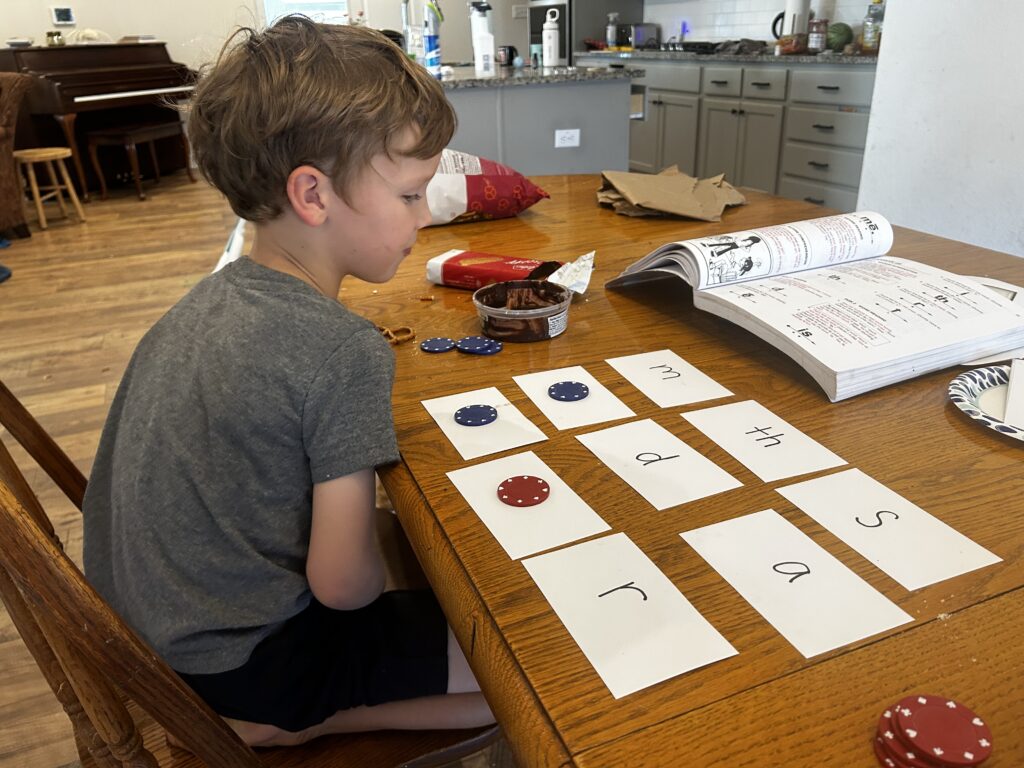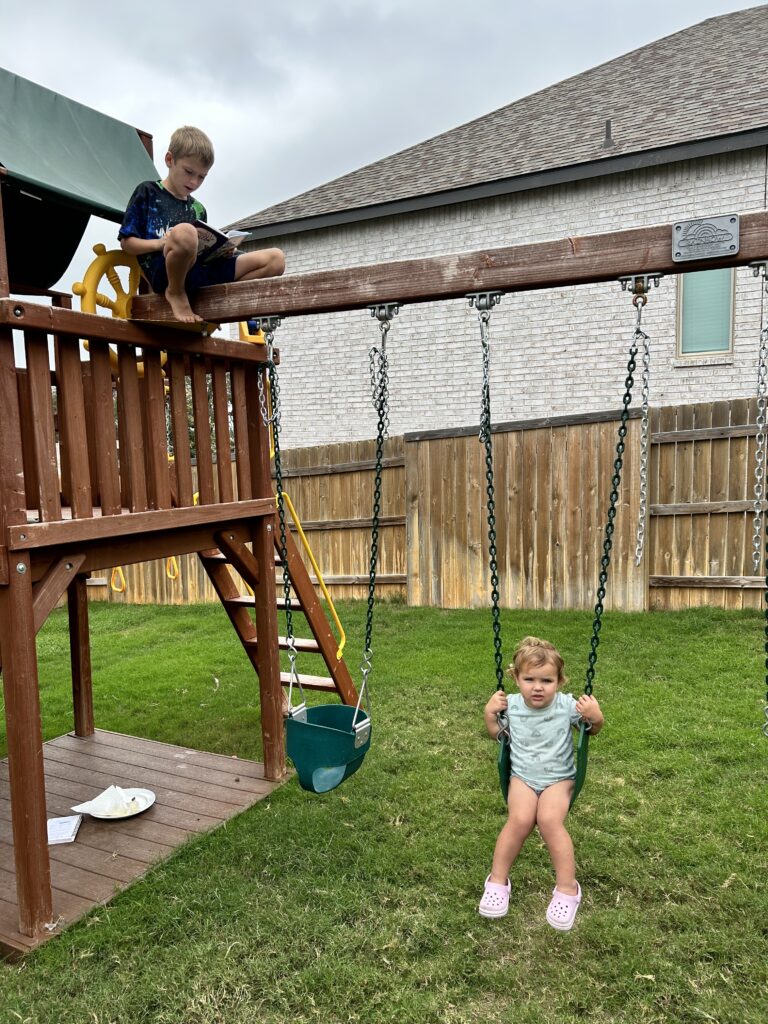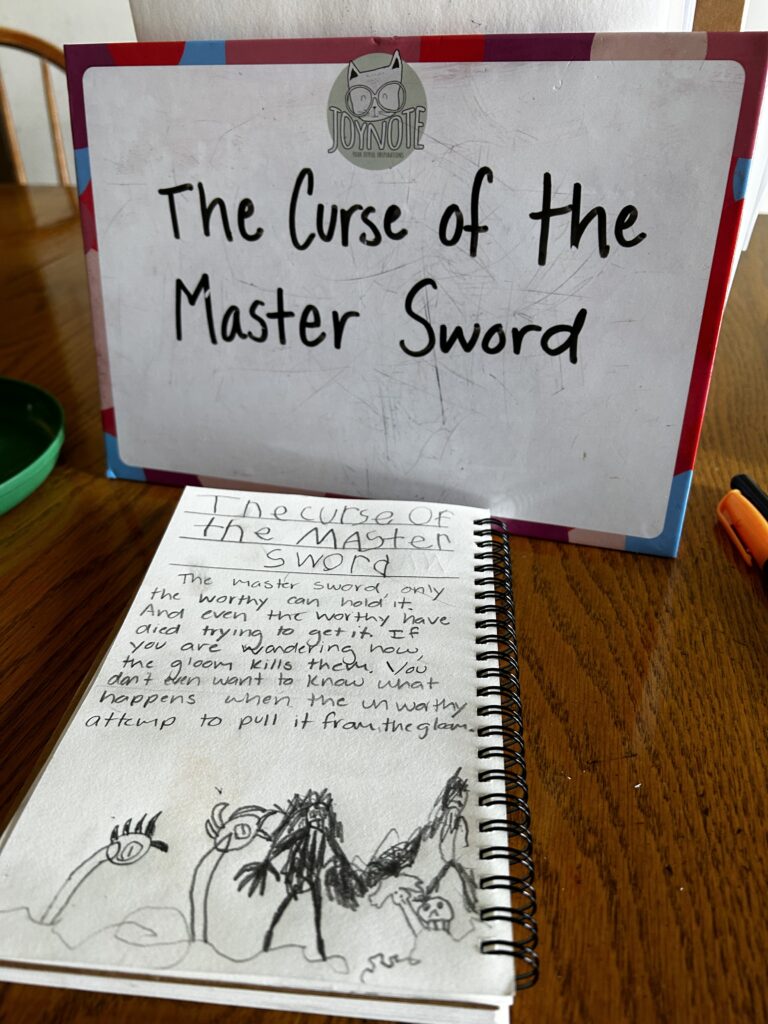What do you do when your child just refuses to do the work or simply is not grasping the concepts the way you are explaining it to them? This can feel like such an impasse in our homeschool and cause alot of frustration and disconnection between us and our child. This is something that comes up in my family often. I have a neurodivergent learner and many strong personalities that are not just going to do something because I said so. We are definitely still learning how to navigate this ourselves, but I want to share 5 ways we pivot when this wall comes up for us.
There are many things that contribute to being set up for a successful homeschool day. A few of the most important factors are: having a vision for what an ideal homeschool day looks like for your family, establishing a daily rhythm with clear expectations, and the other is being willing to adapt and be flexible. We can get so caught up in the way we think it should be and the amount of work our kids should be doing for someone his age, that we forget to just pause and take stock of the situation.
Most often, there are small shifts that can be made that allow us to pursue connection with our child and get the work done. We just have to be willing to release the way we think it should be and be open to what our child needs. I like to think of my goal being cooperation with my child over obedience. Cooperation says, “how can we work together to get this done?” Here are 5 ways to adapt your homeschool curriculum:
- Make it into a game
Ask yourself, do I have a game that teaches this? Or can I quickly turn this into a game? For example, I always have blank notecards and a big bag of poker chips lying around so I can make a quick game of Tic Tac To to practice learning letter sounds, number identification, math problems, sight words. You could also hide the notecards around the room and play hot cold with your child to find the answer. You can literally do this with anything your child needs to review or memorize.

There are also many great educational games out there. Here are some Math Game suggestions to get you started:
Preschool-Younger Elementary:
–Shelby’s Snack Shack – This preschool counting bone-anza is a summer day trip to a dog beach! Shelby buried bones in the sand and needs your help collecting them. Help her dig up the most bones, and you win! Kids take turns using the adorable Shelby Squeezer to fill their dog bowl with bones while they practice early counting and number skills.
–Pop for Addition and Subtraction – Addition and Subtraction Facts
–Jump 1 Game – Adding and Subtracting by 1
–Clumsy Thief Junior Math Game – Adding to 10 Card Game for Kids (Ages 5 and up)
–The Sneaky, Snacky Squirrel Game – Your forest friends are hungry and they need your help! This award-winning preschool game develops matching and sorting skills, strategic thinking, hand-eye coordination, fine motor skills, and pre-handwriting skills.
Elementary:
–Making Change – Players use mental math to subtract the price of an item from the amount paid to make the correct change.
–Clumsy Thief Money Game – Adding to 100 Math Game for Kids (Ages 8 and up)
– Time Telling Game – Players move the arms on their own clock faces to show the time described on cards. It is especially good for correlating analog and digital representations of time as well as wording like “half past” and “quarter to.”
–Jump 5 Game – Practice Multiples of 5
–Proof – The fast paced game of mental math
–Adsumudi Math Game – The Monstrously Fun, Smart Game for Kids to Practice Multiplication, Division, Addition and Subtraction – Great for Kids Ages 8-12
2. Involve Movement – many children need to move while learning.
–Bean bag toss – Let’s say you are learning doubles addition. You could put answers to those addition problems on notecards around the room and have your child toss the bean bag to the right answer. You could also have them jump to the answer.
-Obstacle Course – Section off their curriculum into groups and create an obstacle course that includes check points where they have to stop and do that portion of the curriculum before they move on.
-Jump on the trampoline – If the curriculum has a review portion or a part that needs explaining, we will often go out to the trampoline and do it orally while they are jumping up and down. Memory work is great to practice while jumping.
3. Take it Outside – Offer them a choice of doing their school work outside or somewhere else. Offering this choice to your child will help them feel powerful and make the work just a little more fun. We often do school work on our fort or on our trampoline with chalk. In the picture below, you will see my son perched on top of our fort reading aloud to me while I push my toddler.

4. Change the Subject or approach it from a different angle.
“Everything can be taught through Anything” – Julie Bogart in The Brave Learner
One of my sons really struggles with writing. He loves to tell stories and be read to, but the physical act of writing is very difficult and tedious for him. I had to drop all of my expectations of what I thought he should be able to do and scale the work down to what was manageable for him in that season. I know that if he does a little bit of writing every day (more like 4 times a week) eventually it will get easier for him. My requirements became very simple:
One sentence about anything you want and I will write the rest.
One day he arranged our skeletons in a funny way in our living room and was all pumped up about it and I said, “why don’t you write a story about what happened to them.” He was so into it that he did not put up a fight about the writing he was required to do, and the story flowed freely. Another day, we found a scorpion and he drew and labeled that for his writing. He has written about Lego creations, science experiments, invention ideas, whatever is happening in his world that day. When we start with interest and allow that to lead into a subject that is difficult for them, it feels less intimidating and they feel more motivated to do it.


5. Use Video
I know that we are all trying to limit screen time in our homes but the truth is that video and technology is a huge part of our world now and we can use it to our advantage. If your child is really into making videos or taking pictures then think of ways you can bring this into what they are learning.
For example:
-After reading a book, let your child narrate to you what they remember from the story while you video them.
-Record your child doing a weather report by describing the sky, clouds, temperature, etc and make a prediction of what the weather will be that day.
-If your child finds a critter outside let them pretend they are on a nature show and tell you everything they know or observe about the creature.
Making these changes may feel difficult at first but as you approach your day and your curriculum more playfully, you will begin to see what works and clicks with your kids. I hope these suggestions help you next time you and your child are feeling stuck in your homeschool. Let me know in the comments below what things you do to adapt the curriculum to your child!